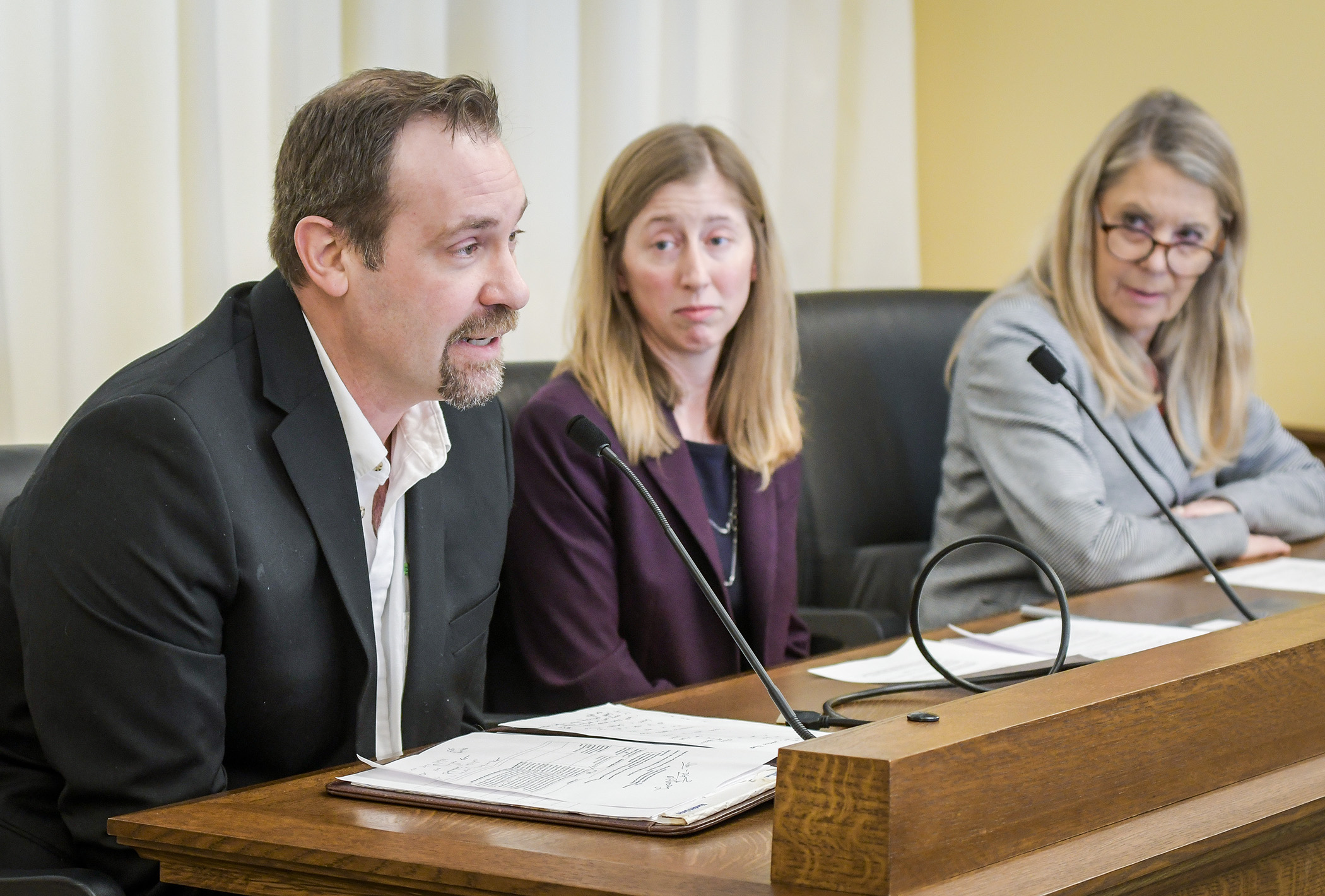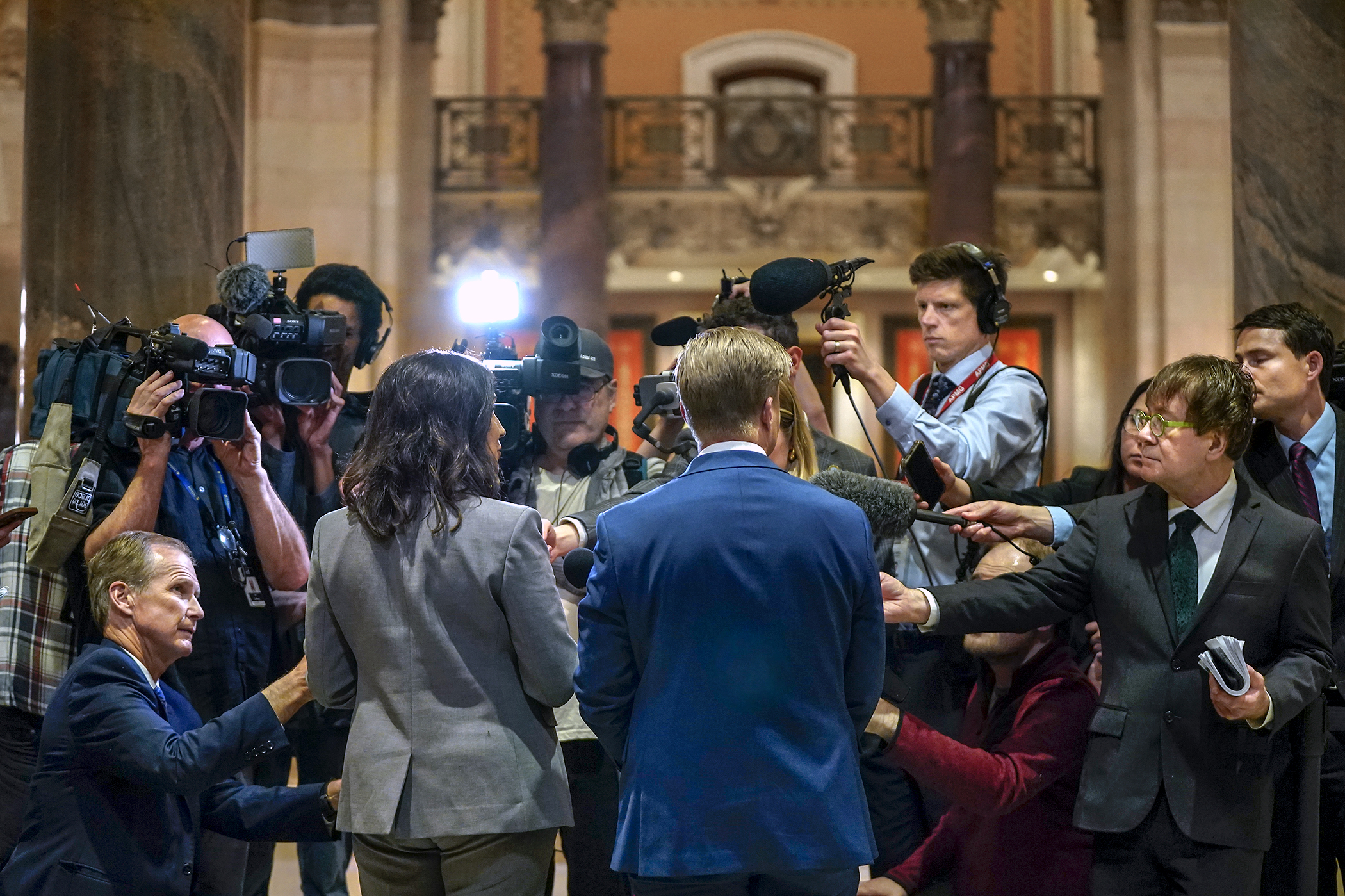More schools could go solar under proposed grant program

More students could learn about the solar system in a school powered by a solar system. A solar energy system, that is.
HF1133 is sponsored by Rep. Patty Acomb (DFL-Minnetonka) and would create a grant program to defray the costs of deploying solar energy systems on school buildings.
Under the proposed grant program created by “The Solar on Schools Act,” an investor would pay for the initial deployment of a solar energy system and a school district would make annual payments under a purchase payment agreement. After the financial benefits for the investor were exhausted, the school district would purchase the remaining financial interest in the system and terminate the agreement.
It was one of two bills dealing with how schools use energy the House Energy and Climate Finance and Policy Division approved Tuesday and referred to the House Education Finance Division.
The HF1133 companion, SF1424, is sponsored by Sen. Scott Dibble (DFL-Mpls) and awaits action by the Senate Energy and Utilities Finance and Policy Committee.
The other approved bill, HF1148, sponsored by Rep. Shelly Christensen (DFL-Stillwater), would create a low-cost loan fund that school districts could use to make energy conservation investments. It has no Senate companion.
David Shaffer, executive director of the Minnesota Solar Energy Industries Association – which represents 115 solar companies in Minnesota – said that energy is the second-largest expenditure for schools, but that they’re ideal for converting to solar energy.
“Schools have a lot of energy usage and this bill would help them offset that usage. They have flat roofs; they’re usually not shaded. … On top of that, it’s a great education opportunity. Schools that do have solar on their roofs bring students up there to learn about converting sunlight to energy. It’s a great STEM curriculum activity.”
Eric Pasi, chief development officer of Roseville-based Innovative Power Systems, said that he’s found schools using a 300-kilowatt system save about $40,000 per year.
Division members had questions about the cost of a typical system (about $500,000 to $550,000) and how many schools the grant program could fund (about 250). Two Republican legislators expressed concern about who would pay for disposal of solar panels at the end of their life, which is not spelled out in the bill.
Related Articles
Search Session Daily
Advanced Search OptionsPriority Dailies
Legislature — with budget incomplete — gavels out, prepares for special session
By Rob Hubbard Some years, state legislative sessions surge to a climax on their final day, a flurry of activity providing a sustained adrenaline rush, culminating in smiles of satisfaction as...
Some years, state legislative sessions surge to a climax on their final day, a flurry of activity providing a sustained adrenaline rush, culminating in smiles of satisfaction as...
Walz, lawmakers strike budget deal in session's final days
By Lisa Kaczke With five days to go in the 2025 session, three of four legislative leaders announced a budget agreement Thursday that would sunset unemployment insurance for hourly school empl...
With five days to go in the 2025 session, three of four legislative leaders announced a budget agreement Thursday that would sunset unemployment insurance for hourly school empl...